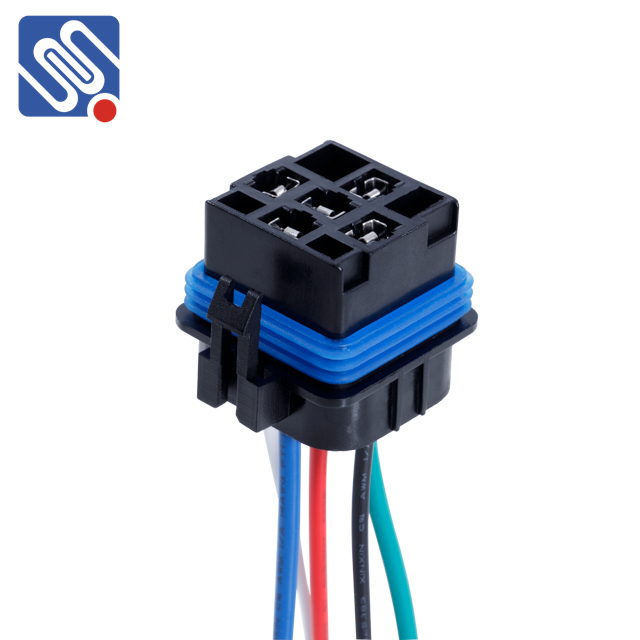understanding relay connectors: key components in electrical control systems
Release time:2025-10-27 06:14:50
Relay connectors are essential components in electrical control systems, serving as the bridge between relays and other parts of an electrical circuit. A relay is a switch that allows a low-power control circuit to control a high-power circuit, making it an indispensable device in many industries such as automotive, telecommunications, automation, and home appliances. Relay connectors ensure that these relays can function efficiently and safely by providing reliable electrical connections between the relay and the various elements within a system.

What Are Relay Connectors?
Relay connectors are specialized connectors designed to link a relay to an electrical circuit. They provide the interface for the relay's contacts and are used to make electrical connections between the relay's input and output terminals. Depending on the specific application, relay connectors can come in various configurations, such as plug-in types, screw-in types, or socketed versions, with each designed to meet the unique needs of the system it serves.
In a typical relay system, the relay connector will connect the relay to the power source and the load, allowing for control over high-current circuits with low-current switching signals. These connectors are used to ensure the relay operates correctly and reliably by providing secure connections that resist vibration, corrosion, and electrical interference.

